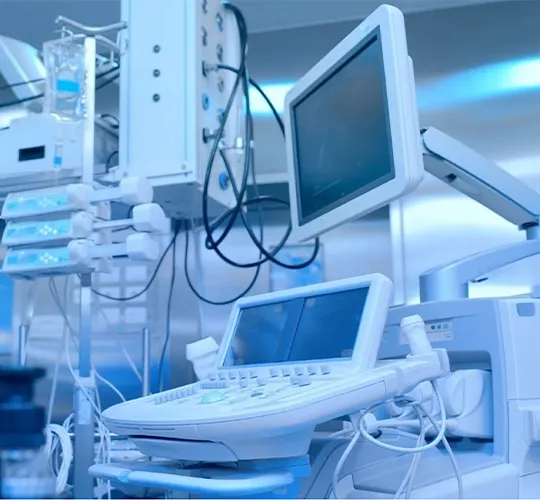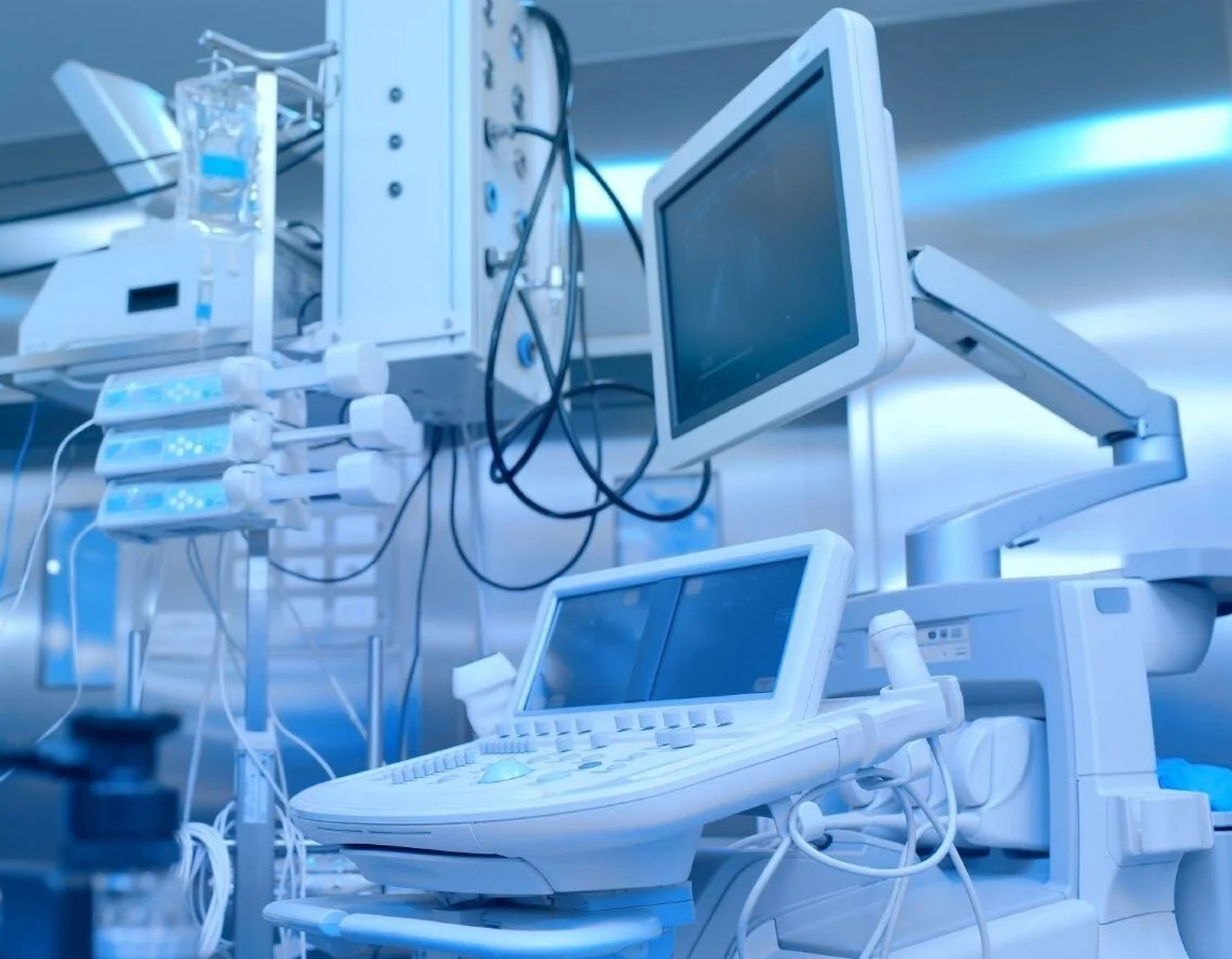3 Ways to Reduce Downtime in Medical Device Manufacturing
For medical device manufacturers, downtime isn't just a supply chain issue, it’s a risk to clinical care, reputation and cost efficiency. In complex environments like imaging, diagnostics, and surgical robotics, equipment availability and performance are critical. This makes the integrity of every component, including interconnect solutions, vital to operational success.
Here are three proven strategies that leading OEMs use to reduce disruption and optimise manufacturing continuity:

Localised, Certified Manufacturing to Increase Supply Chain Resilience
Medical OEMs operating globally are increasingly building resilience by diversifying manufacturing partners and locating production closer to end markets. This approach reduces lead times, helps navigate geopolitical uncertainty and supports faster response to demand spikes.
Look for manufacturing partners with:
- ISO 13485-certified facilities in key regions
- Proven agility in scaling low-to-mid volume production
- Transparent processes that align with your internal systems
Why?
Reduces transport delays, improves responsiveness and lowers risk during global disruptions.
Choosing High-Reliability Interconnects Designed for Medical Use
In devices like MRIs, PET scanners or robotic surgery platforms, every signal and every connection must perform consistently under demanding conditions. High-reliability cable assemblies and PCBAs that are engineered for these environments help OEMs minimise field failures and ensure uptime across clinical settings.
Critical features to consider:
- Design-for-reliability engineering
- Cleanroom assembly and rigorous inspection (e.g. 3D X-ray, AOI)
- Full compliance with global medical standards and traceability requirements
Why?
Reduces the likelihood of quality issues, supports compliance and extends product lifespan in the field.
Seamless Integration Between Engineering, Procurement and Production Reducing
Downtime often begins not on the production line, but in misalignment between product development and manufacturing execution. OEMs are increasingly relying on suppliers who offer early-stage collaboration - such as DFM (Design for Manufacturing) and NPI (New Product Introduction) support - to avoid last-minute delays and reduce friction in the supply chain.
What to look for:
- Technical teams that can co-engineer solutions
- Digital traceability and automated quality assurance
- Experience managing complex medical programs at scale
Why?
Smoother project launches, fewer late-stage surprises and improved operational efficiency.
How We Help Global Medical OEMs
At Volex, here are just some of the ways we help global medical OEMs:

Why Choose Volex?
Reducing downtime in medical device manufacturing takes more than quality components; it requires trusted partnerships, smart engineering and operational resilience. By focusing on localised, certified manufacturing and investing in interconnect solutions that are purpose-built for medical environments, medical OEMs can keep innovation moving and patients supported - without interruption.
Let’s talk about how Volex can help you improve uptime and move faster, without compromise.





